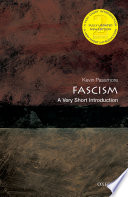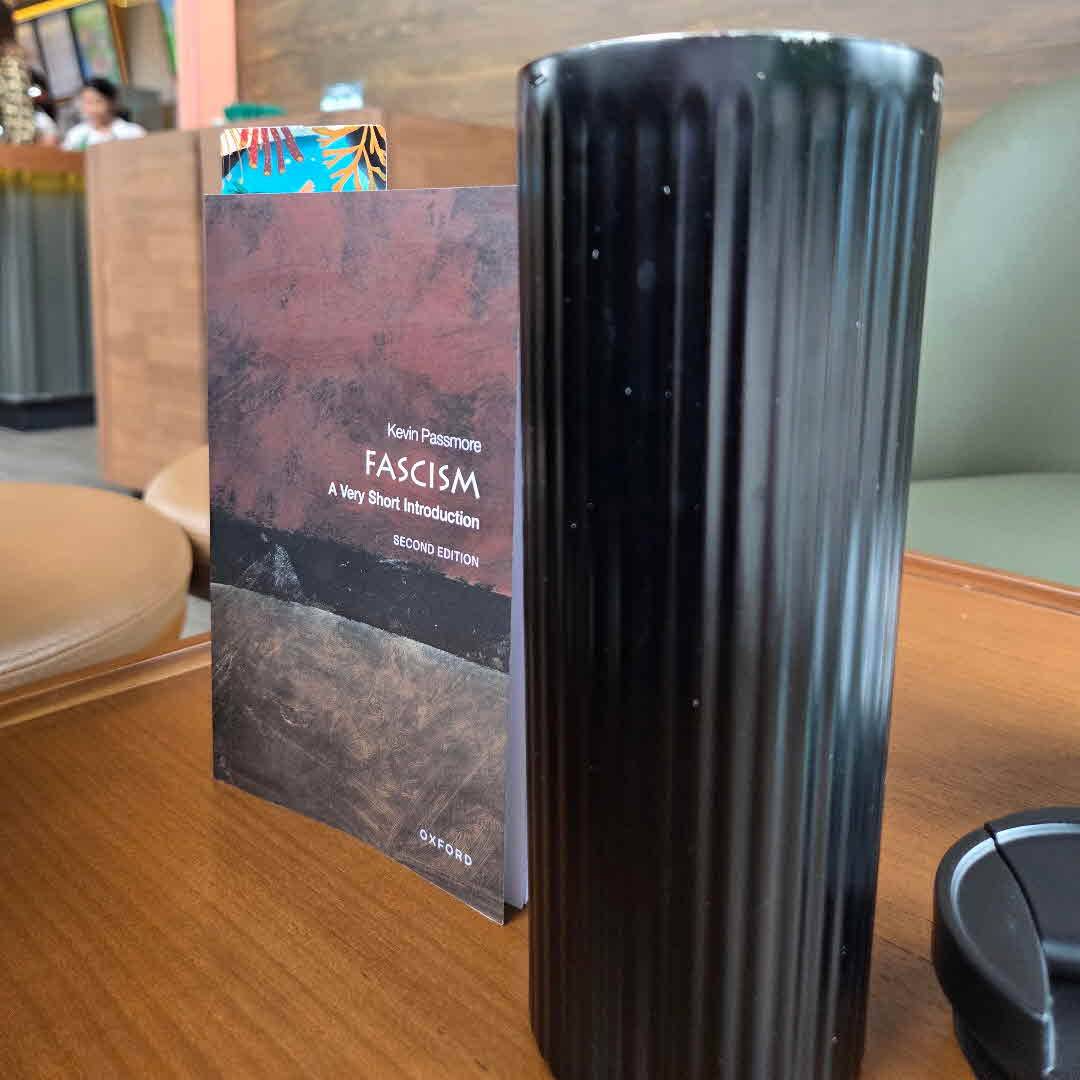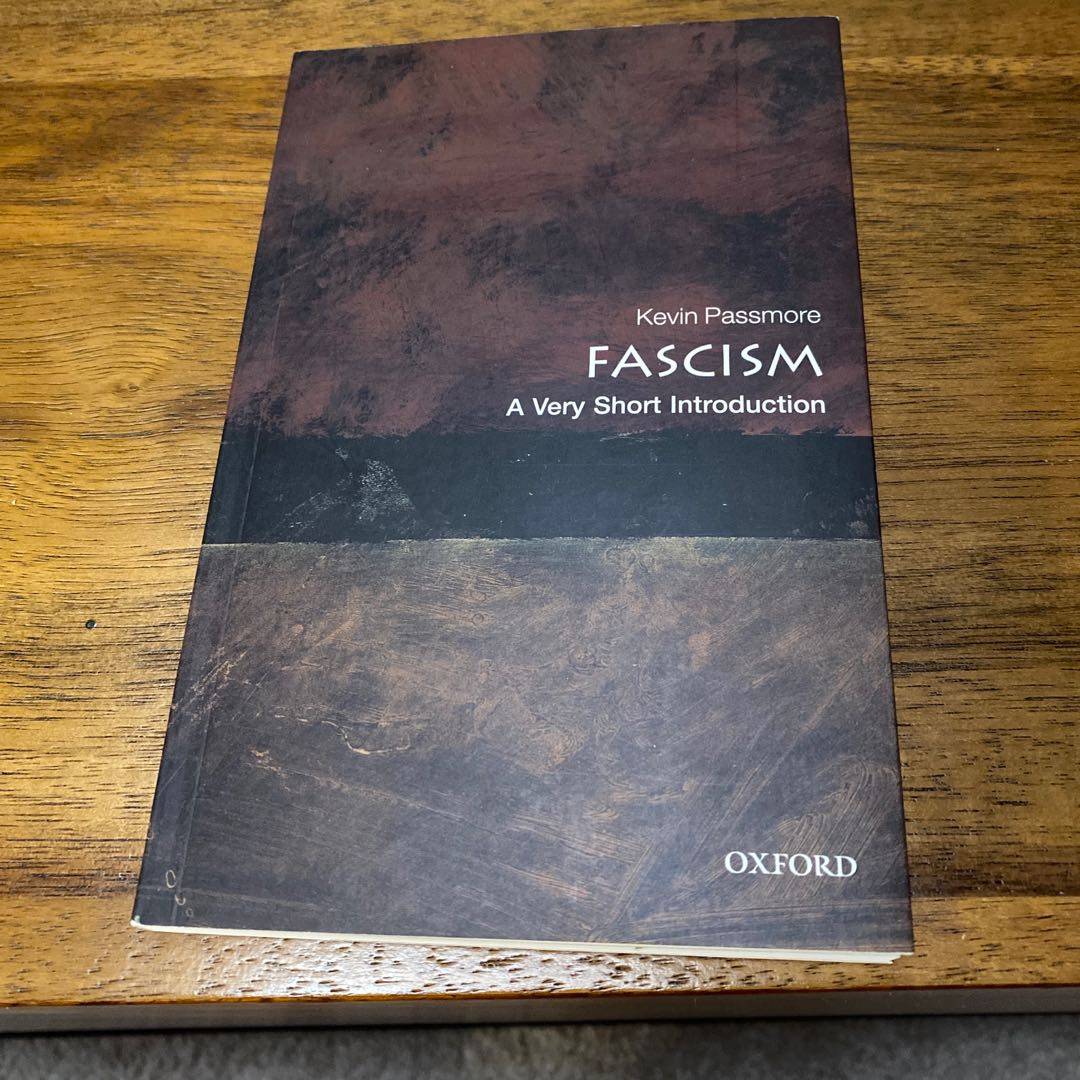
The author admits in the first chapter that fascism is difficult to define and that different characteristics will be emphasised depending on what definition one chooses. The characteristics he chooses to highlight have some uncomfortable resonances this year (2025) considering this book dates from 2014. ⬇





















